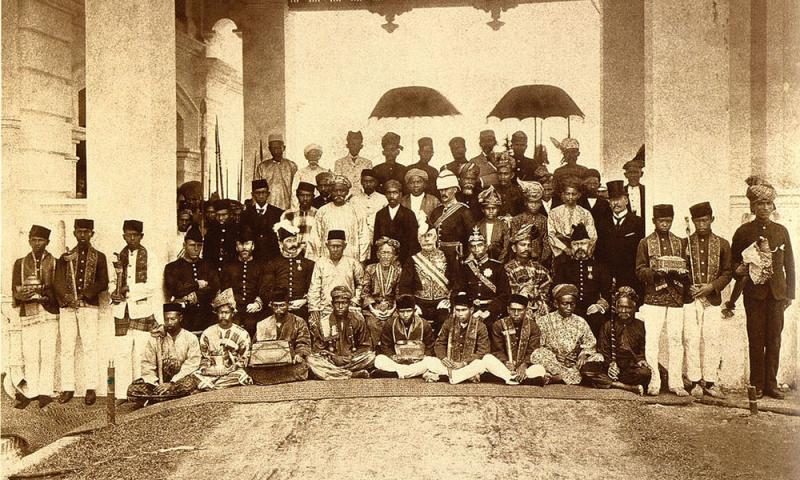HISTORY | Entrepreneurial Malay aristocracy in Malaya
HISTORY: TOLD AS IT IS | In the late 19th and early 20th centuries, the British colonial government shaped the economy of the Malay states as a bastion for British and European capitalists. In regions where it had some risk of jeopardising their interests, no policy was ever implemented to promote Asian capitalists.
The British, however, were mindful in their handling of the Malay aristocrats. They took care not to endanger their commercial interests in order to maintain colonial protectorate status over the Malay states. In any case, the Malay aristocracy showed a natural talent for commercial enterprise.
The participation of Malay aristocracy in capitalistic activities was not unique to the British colonial period. Richard Winstedt believed that they were participating in mining activities as early as the 15th century. But, the earliest evidence for this may be seen from the Dutch period. In 1642, the Sultan of Kedah signed a deal to complete the sale of his state’s tin to the Dutch.
In the same year, a treaty with Johor was concluded. Sultan Muzaffar Shah III (1728-56) and Sultan Muhammad Shah (1764-73), both of Perak, signed tin-selling treaties with the Dutch. The ruler of Rembau (now part of the state of Negeri Sembilan) sold tin to the Dutch in Malacca in 1758. On occasion, the latter sold the tin to British country traders/private dealers who offered higher prices.
In the 19th century, the Malay aristocracy was compelled to brace the political impacts generated by the transition in colonial control to the British to continue their commercial enterprise in tin sales. During this period, notably in the 1840s, Sultan Abdul Samad of Selangor (1857-98) and Raja Abdullah (1874-77) were two ambitious capitalists...
RM12.50 / month
- Unlimited access to award-winning journalism
- Comment and share your opinions on all our articles
- Gift interesting stories to your friends
- Tax deductable

 Sivachandralingam Sundara Raja
Sivachandralingam Sundara Raja